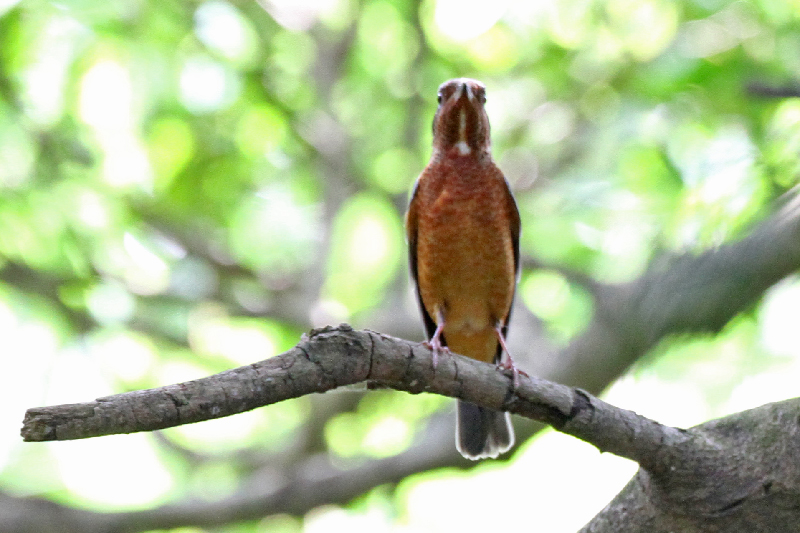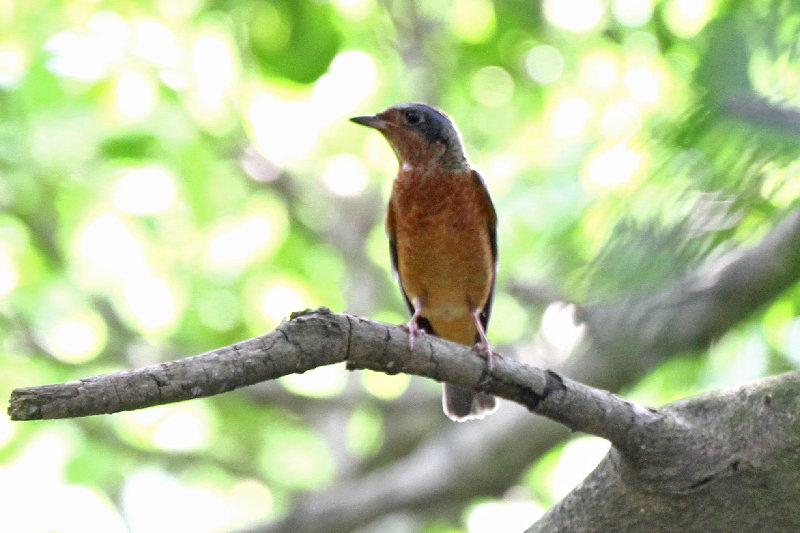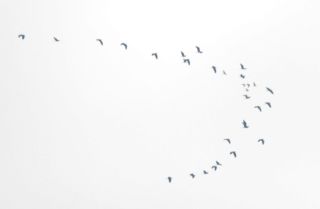Quote:
Original posted by wgeoff at 17/10/2010 15:14
Any photos?
White-throated Rock Thrush would be a new record for Po Toi.






















Original posted by wgeoff at 17/10/2010 15:14
Any photos?
White-throated Rock Thrush would be a new record for Po Toi.































| Welcome to HKBWS Forum 香港觀鳥會討論區 (http://hkbws.org.hk/BBS/) | Powered by Discuz! 6.0.0 |